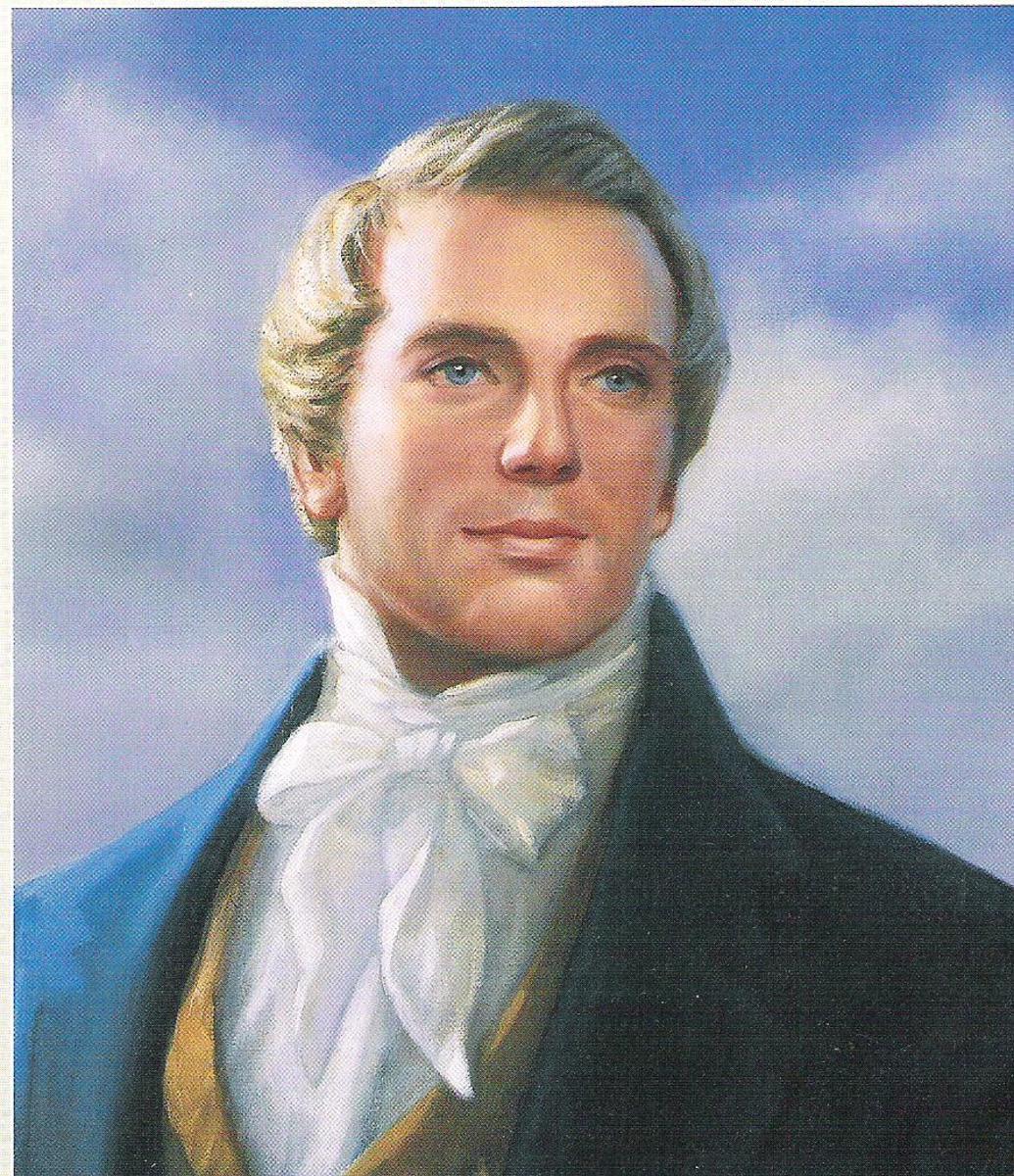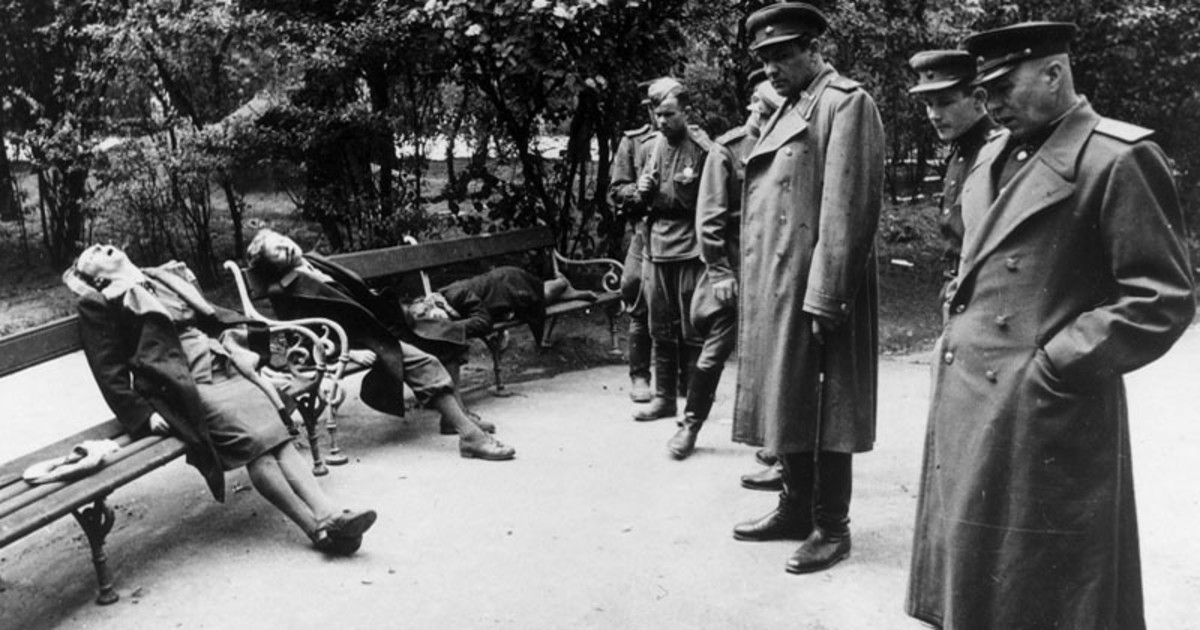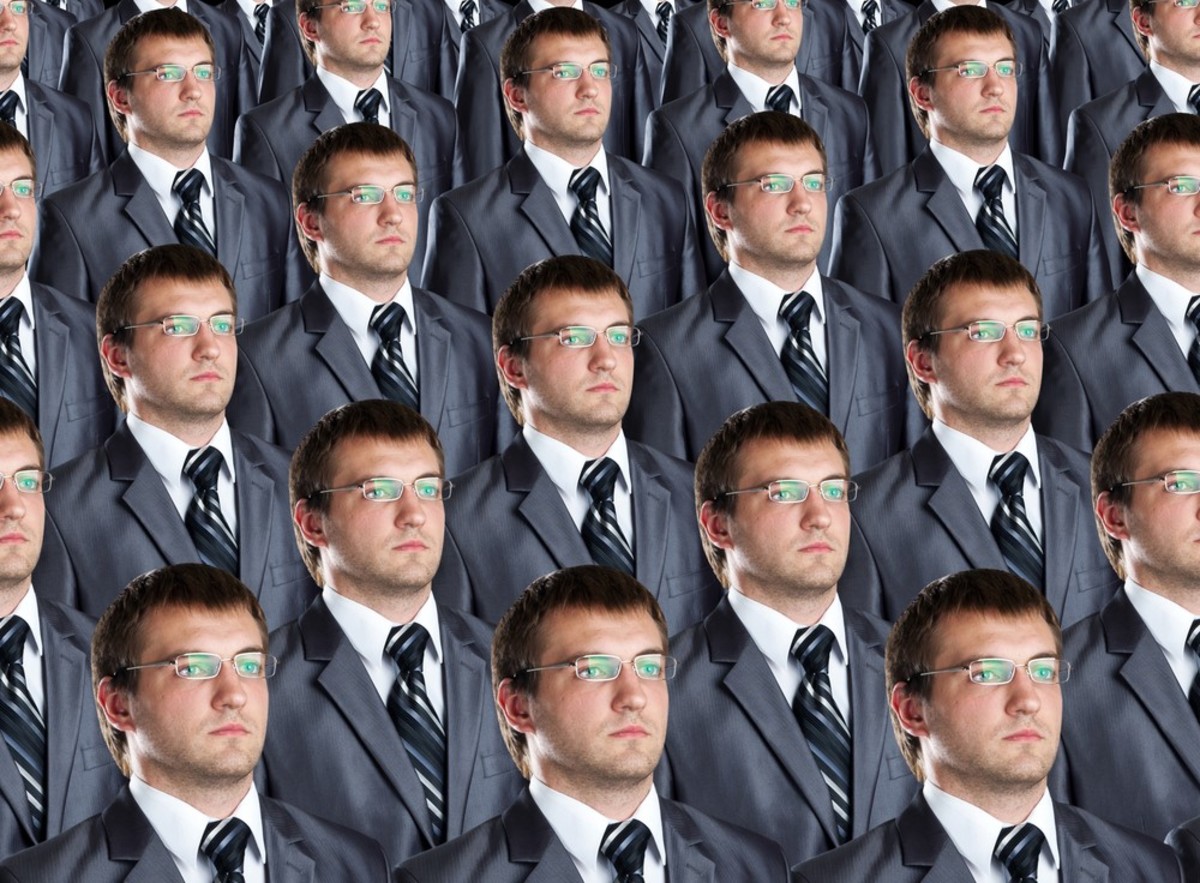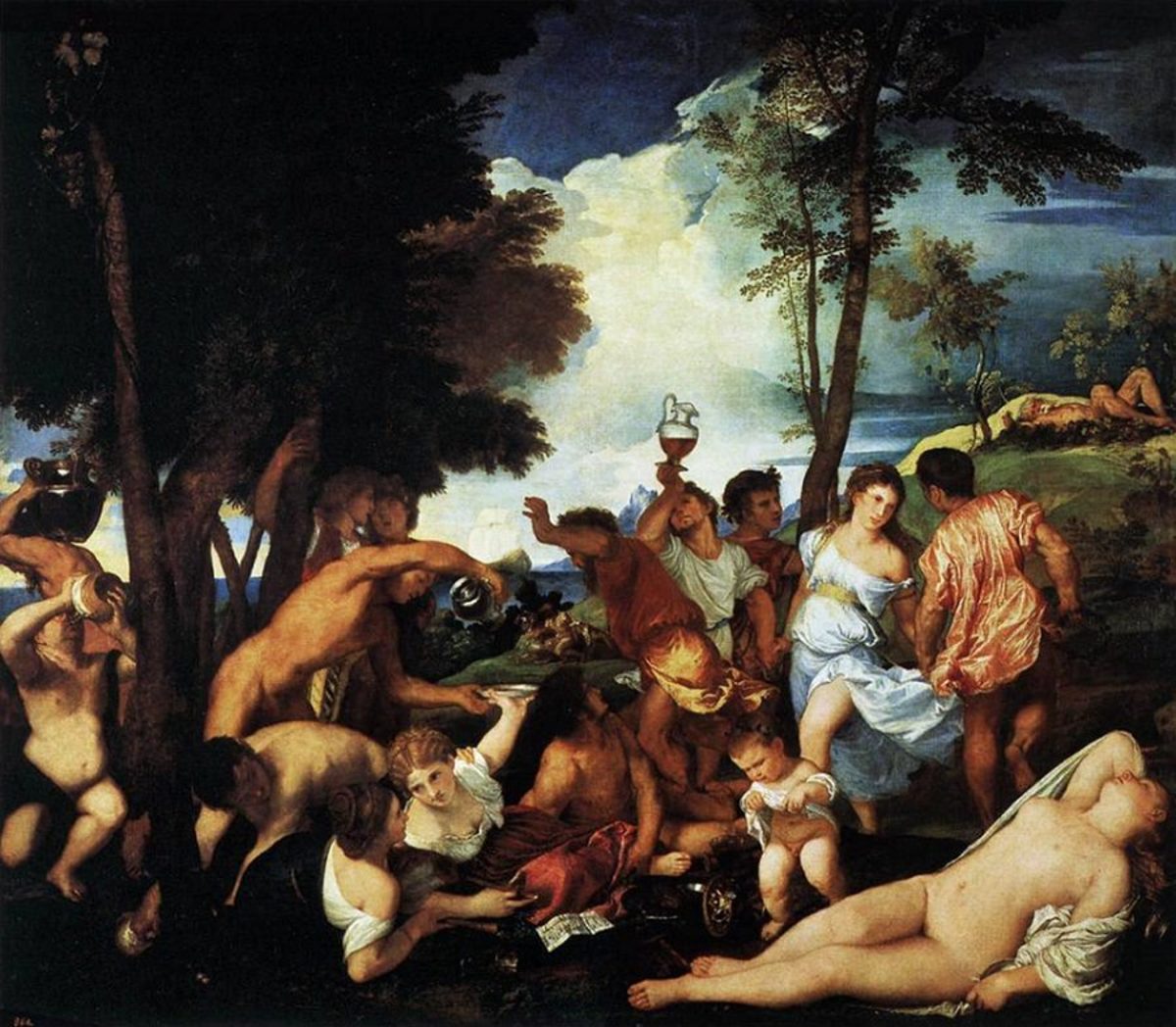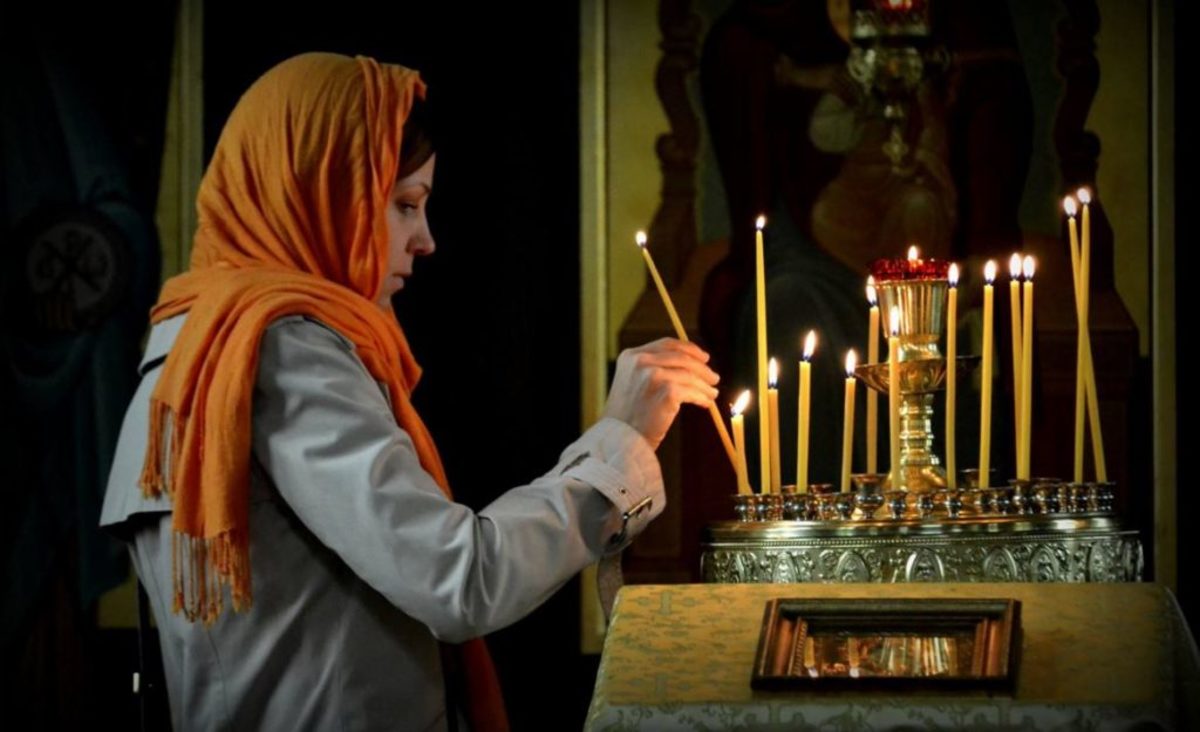There's an Increase in Youth Suicides in Utah. Is the LDS Church to Blame?
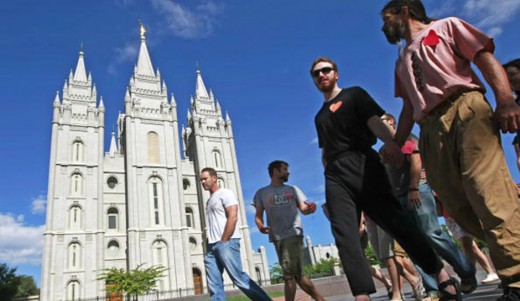
“Correlation isn’t causation.” That’s what Lee Hale said when Doug Fabrizio asked about a gay policy of The Church of Jesus Christ of Latter-day Saints.
Hale is a reporter for KUER, the Salt Lake City NPR affiliate for which Fabrizio is a host.
Hale got interested in the issue after Imagine Dragons artist Dan Reynolds put out a documentary called “Believer,” he said. And Hale said it was “interesting” (he did a story on it) to hear pop culture star Ellen DeGeneres, when interviewing Reynolds, say that the church is to blame for youth suicides in Utah.
He, Brigham Young University religious studies professor Justin Dyer and Kimberly Anderson, who made news over a resignation regarding a church donation, were part of the RadioWest episode asking Wednesday if the church is responsible for the reported rise of youth suicides in Utah.
More than once during the episode, Fabrizio mentioned the suicide hotline number 801-587-3000.
Lee Hale
Fabrizio said to Hale that the church is in an “interesting position” because “they talk in kind of expansive, compassionate terms” while holding fast to beliefs that many LGBTQ folks say hurt them.
“That seems like a strange disconnect,” Fabrizio said.
Mormon apostle Dale Renlund, a former surgeon, has made “research-based remark” on a church website about the issue, Hale replied.
Renlund points out that you can ask someone if they are suicidal, Renlund said.
Yet, Mormon leaders “don’t say anything about causes,” Hale said. “They aren’t acknowledging the LGBT Mormon community.”
Fabrizio noted that the intermountain west, sometimes called the “suicide corridor,” has an altitude feature that makes folks more suicidal, according to research.
“Altitude comes up a lot,” Hale replied.
“Something I find interesting,” Hale remarked, “is that Utah is on par with these other mountain states and I think the case could be made is that the LDS church is helping (with) suicide.”
“But Utah is right there” with other states,” Hale then said. “Religion isn’t necessarily improving that number.”
Hale said that he attended suicide prevention training by Affirmation the prior weekend in Salt Lake City and that some local LDS leaders were there.
“Not a lot, but I think for them, it’s a start,” Hale said, later noting that “people say there is a saying in the LGBT community (that) the LDS church take(s) one step forward and two steps back.” Hale mentioned a comment from Dallin Oaks, speaking for God to believers, that made for a double-down on the church’s stance that homosexuality is a sin.
Thus, there is a “whiplash effect” among the LGBT community in Mormonism, Hale remarked, noting also that among the doubles-down, there have been “substantial changes” in the church in the last 30 years.
Justin Dyer
Dyer, an assistant professor of religious education at BYU, told Fabrizio that Utah “did a deep dive” in partnership with the federal Centers for Disease Control about youth suicide in Utah.
“What they found was what in many ways you would expect to find … in other places,” said Dyer, the “principal investigator” for the university’s Family Foundations of Faith initiative.
Risk factors were substance youth. Twenty percent of the youth who died by suicide between 2011 and 2015 had “mental health problems.” There were “family problems.”
“There were factors you could find anywhere else,” Dyer emphasized, adding that “LDS youth were at lower risk for suicide than other youth.”
“None of these data invalidate anyone’s individual experience,” Dyer said. “We need to understand individual experiences as well.”
But when it comes to “trying to tie the youth suicides and the LDS church, Dyer “want(s) to make sure that we don’t do that.”
Fabrizio asked what role religion plays in the stories of youth survivors of suicide.
“It’s also important to acknowledge that while people will feel shame and guilt, religion didn’t invent shame,” Dyer replied.
He then offered reasons “why religion is tied to lower rates of suicide.”
“Religion provides meaning in suffering,” Dyer said. “Religion can provide compensation for what we lose in this life. … religion teaches that God doesn’t want you to die; that God wants you to stay living.”
Kimberly Anderson
Anderson, a behavioral specialist in Sacramento, Calif. And a transgender former Mormon, resigned as vice president of the Mormon LGBTQ organization Affirmation because of a $25,000 donation from the church to the organization.
She quit because “it seemed that the emphasis of the grant was placed on the church,” she told Fabrizio.
“The accolades were placed on the LDS church and the conversation was taken away from Affirmation; the conversation was taken away from queer people,” Anderson said, noting that she served in the executive capacity at the “request” of Affirmation President Carson Tueller.
University of Georgia professor Bryon Simmons found that nearly 75 percent of Mormons who identify as LGBT “have experienced trauma.”
Anderson replied by saying that 73.4 percent of those folks would “meet the PTSD criteria.”
What “message” is Anderson seeking to get across as part of her suicide-prevention trainings? Fabrizio asked.
Anderson said that her first session, for Spanish Mormons, had 26 or 28 participants.
“Those people will go out in their communities,” Anderson remarked, adding that a median of just three days after the training, she was told that the “group has made a difference.”
© 2018 Rhett Wilkinson

